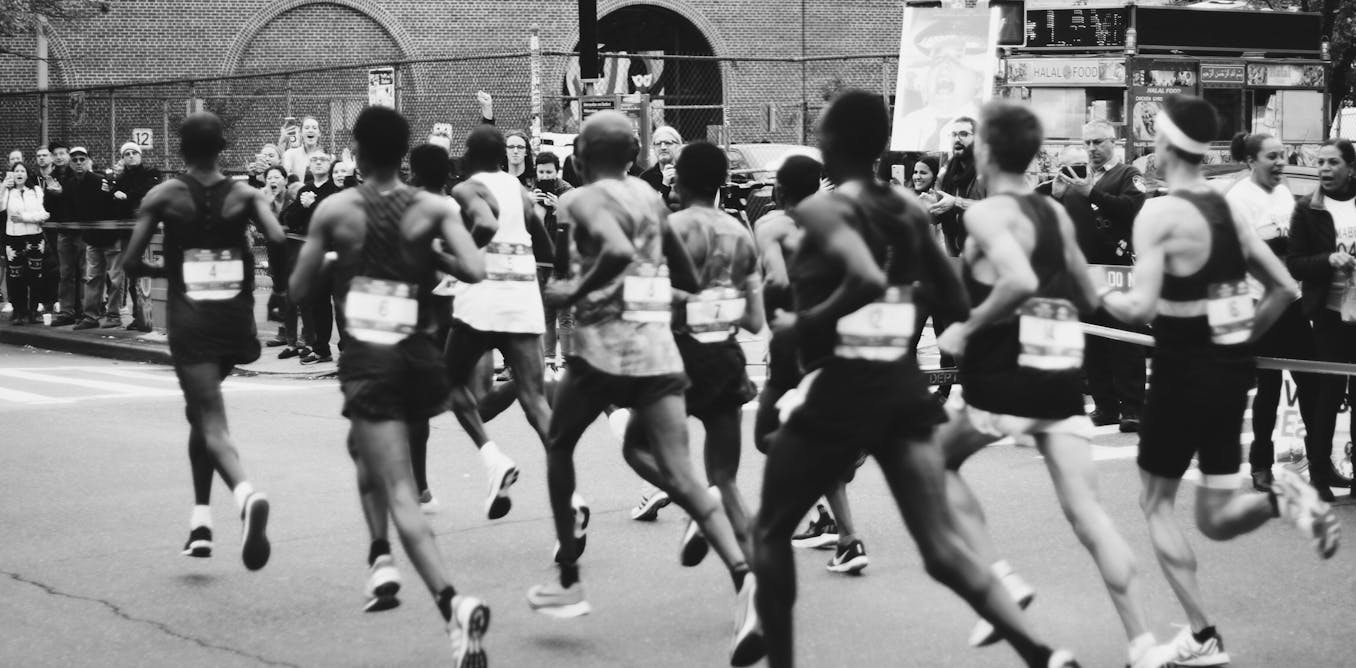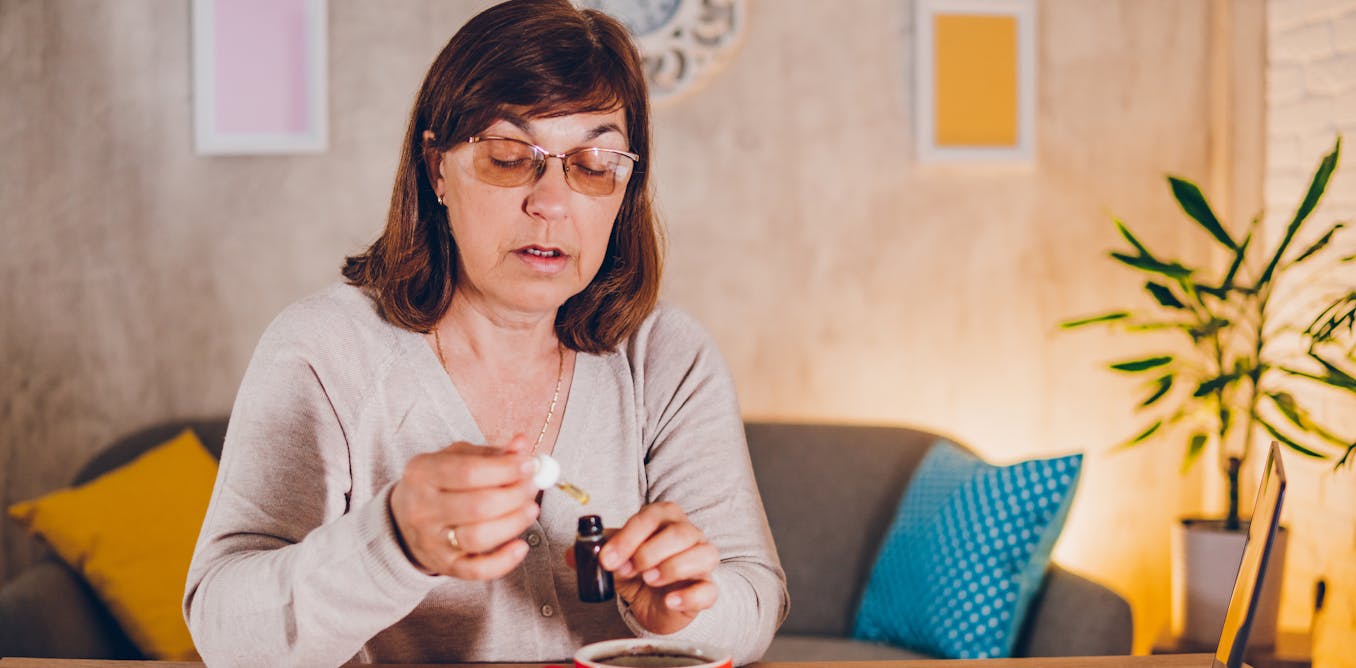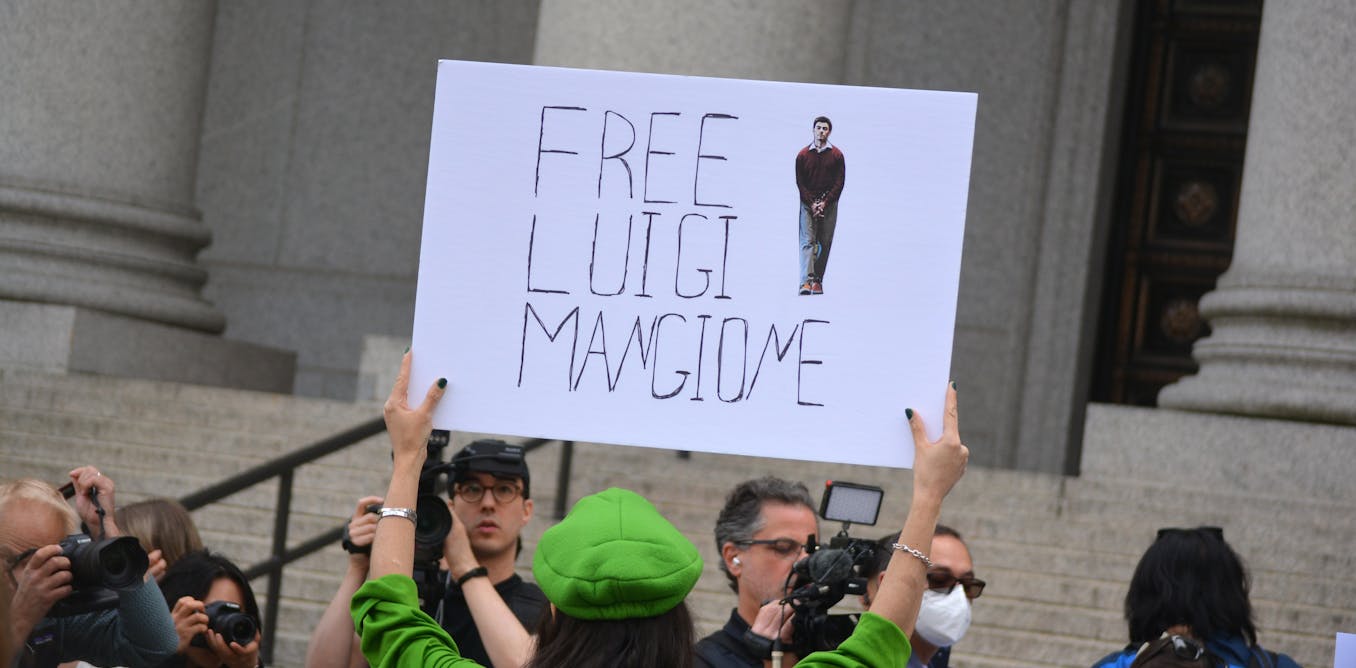The study of consciousness is a field crowded with scientists, philosophers, and gurus. But neuroscientist Daniel Toker is focused on its shadow twin: unconsciousness.
His path to this research began with a tragedy — one he witnessed firsthand. While at a music festival, a young concertgoer near Toker dove headfirst into a shallow lake. He quickly surfaced, his body limp and still. Toker, along with others, rushed to help. He performed CPR, but it soon became apparent that the young person’s neck had snapped. There was nothing to be done.
“It was this very strange experience of watching his consciousness wink out of existence,” Toker tells Big Think. “I was very confused. Here was this person, this body, this brain, and something was lost.”
“It felt not only really mysterious what this thing was, but so ethically and medically important, because that’s the thing where we place all of our moral value; that was the personhood.”
Toker was in grad school at the time, already interested in consciousness and the neuroscience behind it. Unconsciousness was on his radar only as a means to further elucidate consciousness. It was something firm and measurable in a field that often waxes philosophical rather than empirical. But his firsthand brush with death catalyzed a new focus on unconsciousness itself — and a desire to move into medical and translational research. Toker couldn’t save this young man from permanent unconsciousness, but perhaps he could save others.
Hidden prisons
Now 33 years old, Toker is a postdoctoral fellow in the Department of Neurology at UCLA. Outside of the lab, he puts a lot of work into his physical and mental health, exercising regularly and gratitude journaling daily, pausing to reflect on the things he’s thankful for. Inside the lab, he focuses on the neurobiology of unconsciousness: What’s happening in the unconscious brain? In this quest, he probes brain organoids in petri dishes, analyzes information flow in the brain, and utilizes deep learning AI to explore the differences in electrical activity between the conscious and unconscious brain.
Toker notes that the quests to understand consciousness and unconsciousness are deeply intertwined, but the latter rests on a more experimental foundation.
“It’s more scientifically and medically tractable to think about unconsciousness,” Toker explains. “Consciousness is a really ill-defined concept. As someone who’s been thinking about this scientifically for a while, I still don’t know what it really means to be conscious. I can’t clearly describe it to you. It’s a lot easier for me to say what it is to be unconscious. And there’s clearly something that changes in the brain when we’re unconscious. It’s a common endpoint of a lot of different things, like deep sleep, generalized seizures, anesthesia, coma. So it’s not only easier to study scientifically, it’s also medically important.”

That medical importance is what’s driving Toker now. Perhaps his grandest aim is to cure coma and other disorders of consciousness, such as the vegetative state. Coma, a deep state of prolonged unconsciousness from which a person cannot be awakened, afflicts 258 out of every 100,000 Americans each year. Stroke, COVID-19, cardiac arrest, and a traumatic brain injury are common causes. Many of these people live in either a vegetative or minimally conscious state, in which they are fully “awake” but unaware, or only minimally aware, of their surroundings. As many as 300,000 Americans dwell in this gray area of consciousness. Those trapped in this haze are often referred to as “comatose.”
“Because vegetative patients are not really able to engage in the world, I think they’re kind of hidden,” Toker says. “I could just be driving past some of these people’s houses and I would never think that there’s this patient there who’s locked inside and basically tied to a bed and can’t move. Because they’re not visible. They can’t go outside and walk. They can’t advocate for themselves. You could be driving past them all the time, and you would have no idea.”
Disorders of consciousness can be devastating. They don’t just consume the lives of those directly affected, Toker says.
“They’re cared for by their loved ones. They need to be on a feeding tube. They can’t use the bathroom.”
Curing coma
So, how might medical research liberate those imprisoned by unconsciousness? Toker has several ideas.
One that’s in the very preliminary stages is modeling disorders of consciousness in brain organoids: small structures of brain cells grown in petri dishes from stem cells. If researchers can find a way to give them “comas” (as signified by neuronal activity), perhaps via simulated brain injuries, they could test various compounds in an attempt to revert that activity to one emblematic of consciousness.
Another route is through modeling coma “in silico” — in a computer. Toker recently led an effort to train deep neural networks to detect consciousness across multiple brain areas, resulting in a realistic simulation of conscious brain states and disorders of consciousness. This will allow him and his colleagues to test whether varying types of deep brain stimulation can switch an unconscious simulated brain to a conscious state. They could then try these types of stimulation on comatose patients.
“Now that we have a good model of a comatose brain, an awake brain, and an AI that can detect the difference, we can simulate stimulating every single brain structure at the whole-brain level,” Toker adds.
Saxa-what?
However, Toker is perhaps most excited about a potential treatment derived from his own recently published research. He trained an AI model on relevant data from the scientific literature to predict whether a drug can “wake up” someone based on its 3D structure.
“The AI was really good at it,” he says. “It could pick up on bioactive structures in molecules that we might not even be thinking about or looking at.”
But when the AI model finished its work and returned a list of potential pharmaceutical treatments, Toker was flummoxed. A diabetes medication stood far above all others.
“I’m sitting here on my laptop and the AI spits out its top predictions, and I’m just like ‘What’s saxagliptin’?” he recalls.
Toker tweaked the algorithm’s parameters over and over, and it consistently returned the same answer: saxagliptin. Maybe the AI was onto something.
He found some preclinical work showing that the drug helps with Parkinson’s and stroke. He then educated himself on how the drug functions. Saxagliptin inhibits DPP-4, an enzyme that breaks down GLP-1, a hormone now widely known because the new wave of weight loss drugs like Wegovy and Mounjaro mimic it to promote satiety. However, DPP-4 also alters the levels of a group of other brain-modulating compounds.
“What became clear is that they seem to address all the known pathophysiologies of disorders of consciousness,” Toker found.
So Toker had this promising result, but he still didn’t know if it meant anything. He and his colleagues then cross-referenced it with something much more concrete. He checked UCLA’s medical records of thousands of coma patients, and it became clear that people who were coincidentally on saxagliptin or other similar-acting drugs like Wegovy woke up from comas at significantly higher rates than coma patients who weren’t.
Scientists know of other drugs that can boost arousal and awareness in comatose patients, but they are minimally effective. Amantadine, an antiviral also used for Parkinson’s, is most frequently used. The sedative Ambien can also be weirdly effective. In rare instances, comatose patients regain awareness when the drug kicks in, but then lose awareness when it wears off.
Toker says that saxagliptin could be a new, more promising pharmaceutical tool.
“What’s tantalizing about this class of medication — it’s acting through a completely different set of pathways that’s different from anything else that we’ve looked at for disorders of consciousness and coma.”
Trialing a promising treatment
Over video call, Toker was excited about the prospect of testing saxagliptin in a clinical trial on comatose patients.
“People want their loved ones back. Especially in these chronic cases, it’s so difficult, because they’re there. They’re alive. They’re breathing. They’re going to sleep. They’re waking up. But they’re not responding to anything.”
But sharply tempering his excitement is the bleak state of funding for research into disorders of consciousness.
“This isn’t something that pharmaceutical companies really care about,” he says. Federal grants for this type of speculative research are also hard to come by, particularly for early-career scientists. And the cost of the ideal trial he envisions would easily exceed six figures. He would want at least 30 comatose patients to participate, so as not to miss a rare but meaningful effect: Someone might just regain awareness.
This article Inside a neuroscientist’s quest to cure coma is featured on Big Think.

The post “Inside a neuroscientist’s quest to cure coma” by Ross Pomeroy was published on 04/21/2025 by bigthink.com




































Leave a Reply